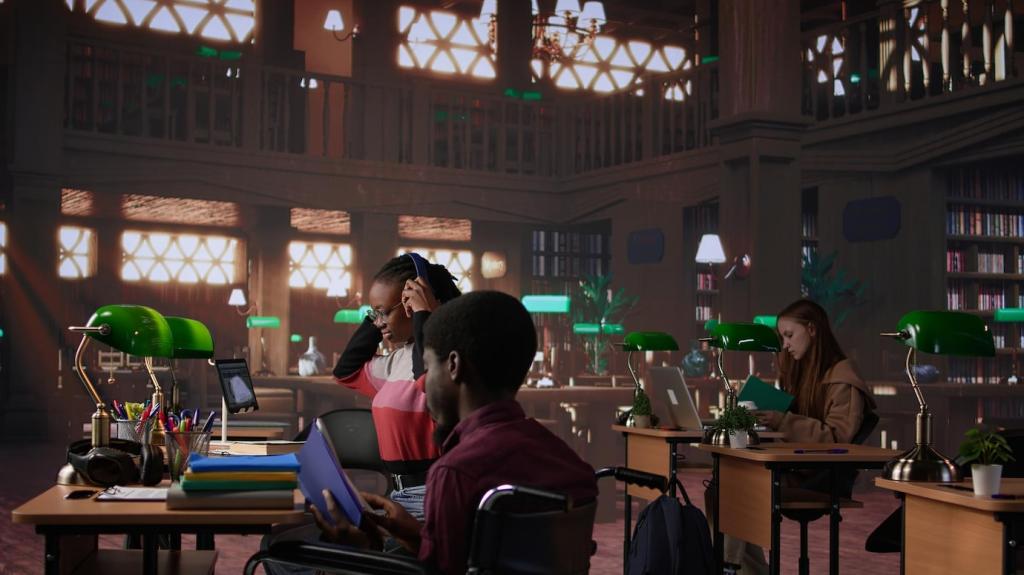Integrating Virtual Reality into Classroom Learning
The integration of Virtual Reality (VR) technology into classroom learning is shifting the educational landscape by making learning experiences more immersive, interactive, and engaging. As education adapts to technological advancements, VR is emerging as a powerful tool for deepening understanding, fueling curiosity, and helping students connect concepts to real-world experiences. By virtually transporting students to historical sites, scientific laboratories, and creative worlds, VR breaks the bounds of traditional classrooms, offering new dimensions and perspectives to learning. This page explores the multifaceted impact of VR in education, its practical applications, and strategies for effective implementation in diverse learning environments.

The Evolution of Virtual Reality in Education
From Science Fiction to Classroom Reality
Technological Advancements Driving Integration
Educational Thought Leaders Championing VR
Enhancing Student Engagement and Motivation
Bridging Theory and Practice


